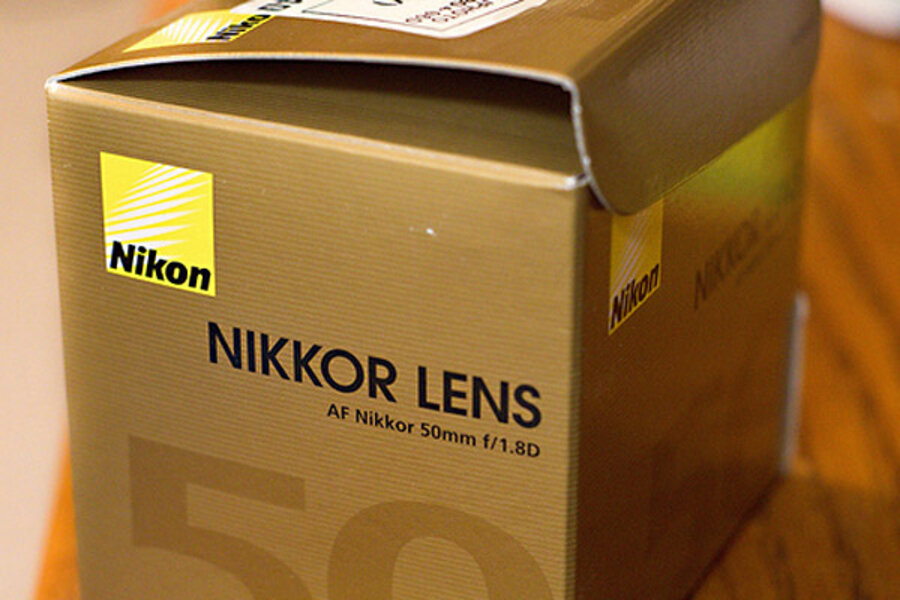Save big by asking about returned items
Loading...
I’m one of those people who likes to take advantage of ten or thirty day “no questions asked” return policies. I keep the receipt for items and if I discover that I have some sort of issue with the item, I don’t hesitate to return it.
For example, I owned a digital camera a few years ago. After using it for a few weeks, I just kept getting annoyed by a few minor features on it, plus the buttons were really out of place for the size of my hand. Although there was nothing wrong with it, I just didn’t like using it, so I returned it and selected a different camera.
When I returned the camera, I was in line behind a grandmother who had purchased a video game controller for her grandson. She was returning it because she had purchased an Xbox controller and he had a Playstation. “I thought they were all Xboxes,” she said. The item was open, but it was within the return window.
Now, when the store receives such a return, they’ve got to do something with it. Most of the time, the most cost-effective solution is to simply put that item back out there on the shelf at a discount.
Now, if you’re looking for a particular item and you stumble upon a previously-opened item in the store, don’t hesitate to ask about it. Most of the time, you’re given the same warranty and return policy as a new item and, frankly, you are buying a new item, just one that someone else opened up already just to discover it wasn’t right for them.
If there’s an open-box item available to me, I’m almost always interested in it because there’s usually a decent discount attached to it. The first thing I do is head to the customer service desk and ask a few questions.
First, I ask about their full policy on open-box items. Are they treated the same as new items in the eyes of the store? If you find a problem with it, can it easily be returned with a receipt?
Second, I ask how the item appears on the receipt. Does it appear as some sort of special listing, or does it appear the same as a new purchase? This is important for manufacturer returns, when you’ve exceeded the return policy of the store but not the warranty from the manufacturer.
Finally, I ask about the item itself. Can I examine it for obvious defects? Can I try it before I buy it since it’s already open?
The more positive answers I get from these questions, the more likely I am to dive in and buy that open box item. It can save me quite a lot on my purchase, and if I’m receiving a perfectly good item in exchange for that reduced price, I’m happy.
In fact, on many purchases, I’ll ask about open box items for this model or a similar model, just to see if I can get a nice discount. If the policies that the store offers are good, then it’s well worth it to me.
When you shop, always consider open box returned items. They’ll often save you money while putting the same brand new item in your hands.
This post is part of a yearlong series called “365 Ways to Live Cheap (Revisited),” in which I’m revisiting the entries from my book “365 Ways to Live Cheap,” which is available at Amazon and at bookstores everywhere. Images courtesy of Brittany Lynne Photography, the proprietor of which is my “photography intern” for this project.






